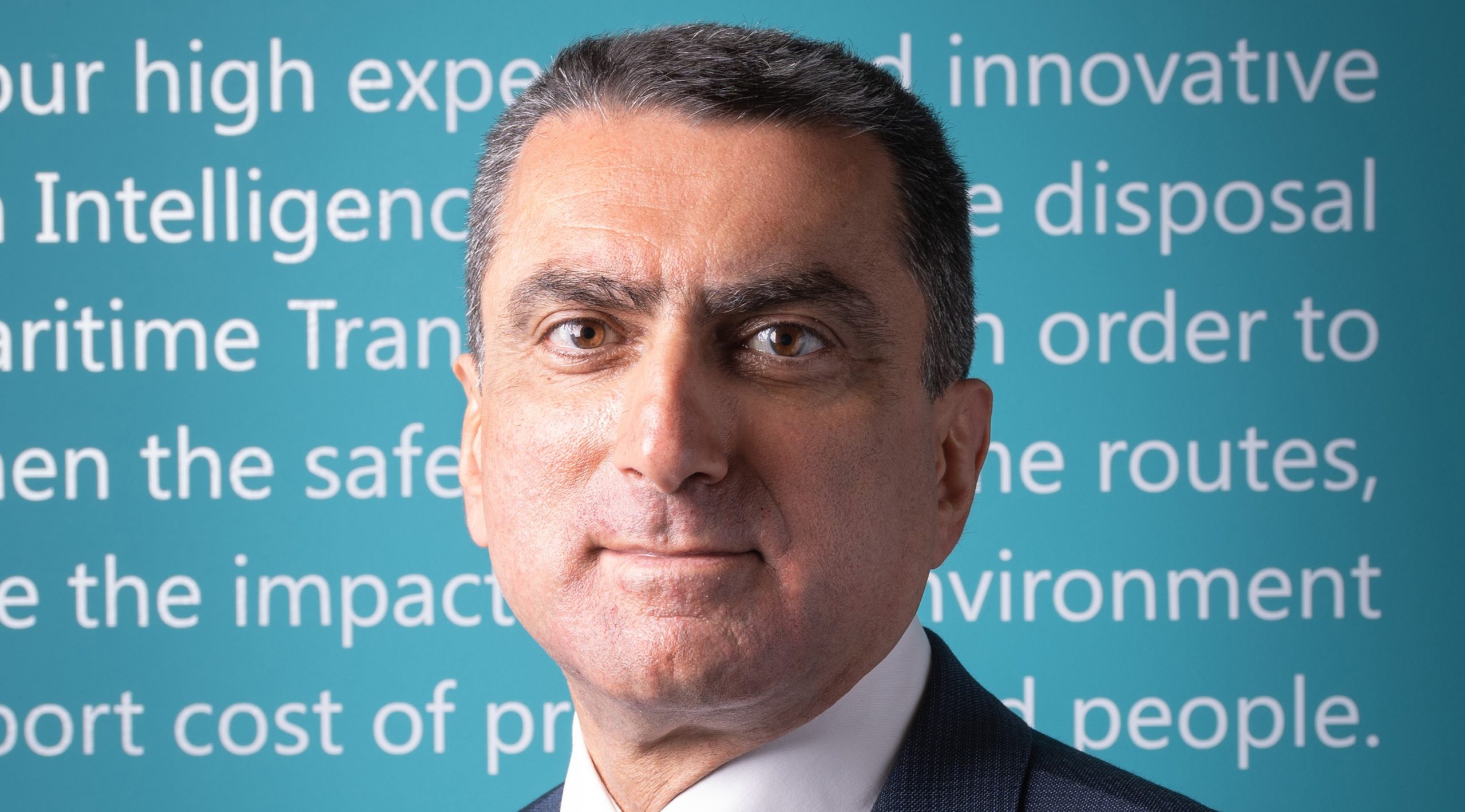Gaining insights into electrical use and generation can help assess efficiency strategies such as battery installation says METIS CEO konstantinidis
With the IMO having decided on how the CII and EEXI are to be applied to shipping, the race is on for owners and operators to decide what they can do to meet this challenge.
While the EEXI (Energy Efficiency Design Index for Existing Ships) is a one of calculation, the Carbon Intensity Indicator is a step-by-step reduction where in some cases the reductions will have to be quite hefty according to some experts.
There are many options being talked about, from speed reductions to LNG conversions and adding wind assist solutions. But what about taking stock of a ship’s electrical loading and determining whether it could benefit from a battery system for example to replace an auxiliary generator, or whether a series of gensets can be operated more efficiently when in port and Elsmere and thus reduce their fuel consumption?
Modern vessels are increasingly electrical, and the generation of the electrical power comes from diesel powered generators/auxiliary engines on many vessels.
These are often run on a rule of thumb basis says Mike Konstantinidis CEO of Metis Cybertechnology which is about to launch a service to help owners profile electrical power distribution and use on ships.
Auxiliary engines can consume a large percentage of a vessel’s fuel and thus contribute to its emissions. Large containerships have significant demands due to reefer containers onboard and tankers will need auxiliary gen-sets to power pumps and possibly tank heating for example.
In a recent Aronnax Podcast Interview Mark Cameron, COO at Ardmore Shipping said that fuel consumption of auxiliary engines on tankers could be as great as 25% of its total- reducing that would be a significant reduction in emissions and therefore a good contributor to meeting a ships emissions reductions requirement.
Growth through data
Metis Cybertechnology has been on a gradual expansion over recent years, despite operating in the extremely competitive vessel performance market.
It has been adding services to its portfolio based around drawing of shipboard data and that from third party services, and has been an early exponent of using artificial intelligence and machine learning in particular to be able to offer a positive feedback loop to various shipping departments as well as on board.
If you can’t get the data, you can’t do the analysis,” says Konstantinidis who sees the competitive market his company is in pragmatically. “It’s always good to have competition, but if you look at this landscape you will see many companies try in a fragmented way to approach smart shipping.”
His point is that Metis has tried to be able to take sensor data from as many systems and components as possible, and even where possible add their own sensors where needed.
As a result the company has been regularly rolling out new functionality related to data services for clients, including, including performance/fuel optimisation for chartering and operations departments, real-time machinery monitoring for operations departments, including ballast water technologies, scrubbers and main engines and generators.
Third party weather predictions from Copernicus, World Weather Online and MeteoBlue add levels of reliability to the vessel routing and voyage prediction services.
It’s not surprising that this new functionality on electrical efficiency has now been added, and given the company is supporting shipowners who are signatories of the the Poseidon Principles, offering shipowners a profiling tool when it comes to electrification could prove useful.
related news
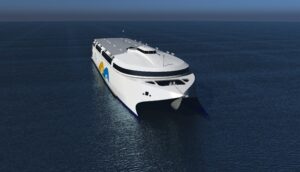
The power of marine batteries: What Hull 096 says about the future
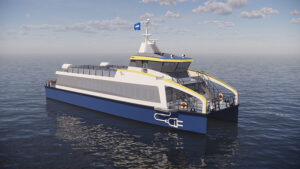

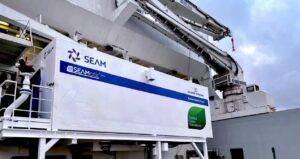

EST-Floattech – New ‘Octopus’ marine battery system launched
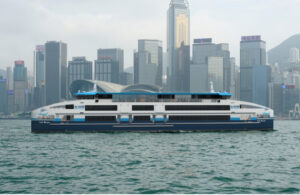
latest news

Procureship partners with ABS Wavesight to optimise marine procurement lifecycle

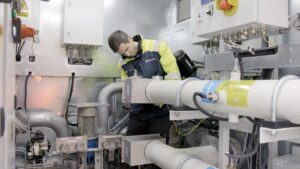
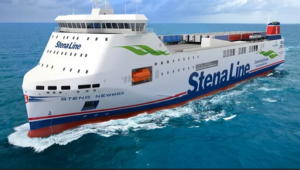
Wärtsilä solutions chosen for world’s first methanol fuelled hybrid RoRo vessels

























